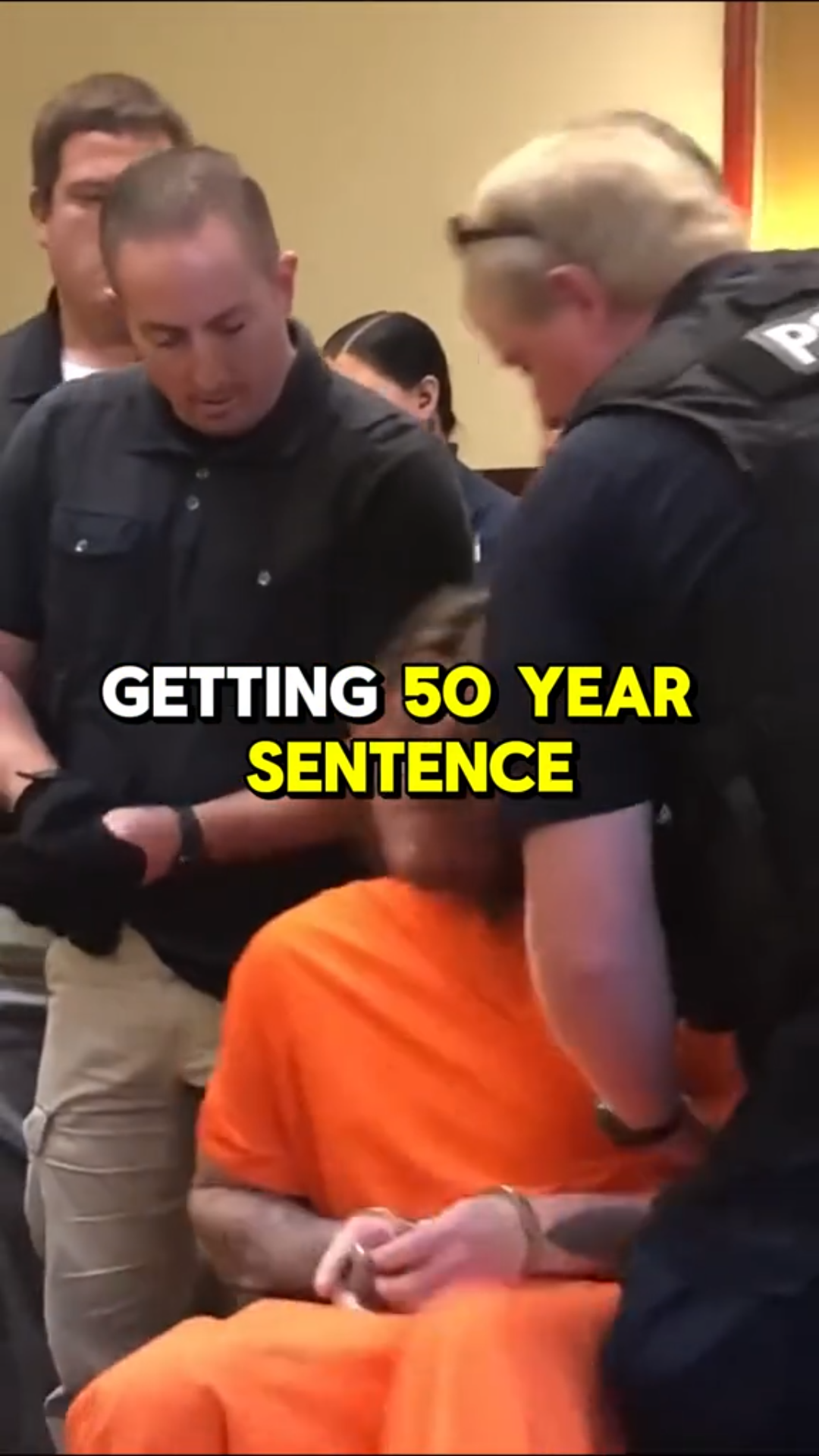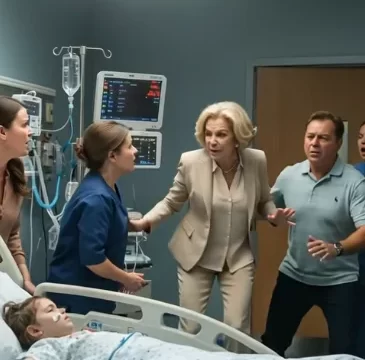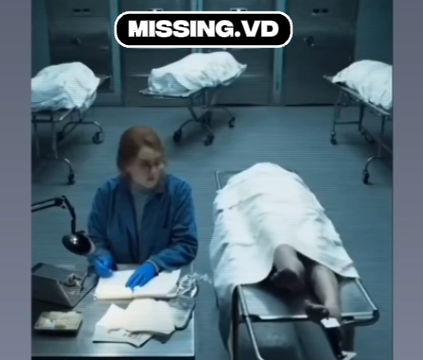The courtroom was thick with tension long before the verdict was read. The air seemed heavy with anticipation, every whisper bouncing off the walls like a warning. Family members sat on the edge of their seats, their hands clasped tightly together as if praying for mercy that might still come. Across the room, the defendant sat motionless. His eyes fixed on the table before him, his shoulders stiff, his breathing shallow. For weeks, he had been waiting for this moment—the day his fate would be decided. But even as he tried to steel himself, no amount of preparation could have braced him for what he was about to hear.

When the judge finally spoke, the sound was steady but final, like the closing of a door that would never open again. “Fifty years,” he said, his voice echoing through the silent room. For a second, no one moved. It was as if time had stopped. Then, as the words began to sink in, the man’s composure shattered. His face went pale, his lips trembled, and his hands gripped the edge of the table as though he were trying to hold on to reality itself. The strength drained from his body as he tried to stand, but his legs buckled beneath him. Court officers rushed forward to steady him as his head dropped into his hands. He whispered something under his breath—something no one could make out—but the sound of raw disbelief filled the room.
Those who witnessed it described the moment as deeply human and heartbreaking. It wasn’t the outburst of someone angry at the system or defiant in the face of justice. It was the silent collapse of a man watching everything he once knew—his family, his freedom, his future—disappear in a single sentence. For many in the courtroom, the image stayed with them long after they left that day.
Within hours, footage from the courtroom began circulating online. The video captured the emotional aftermath in unflinching detail—the moment the man’s body gave way, the quiet gasps from those seated behind him, and the swift intervention of court officers. By evening, millions had watched it. Across social media, opinions split sharply. Some users commented that justice had finally been served, pointing to the seriousness of his crime and the suffering of the victims involved. Others, however, saw the scene as evidence of a justice system that sometimes punishes too harshly and heals too little. They questioned whether a sentence so long truly served society—or simply erased another life beyond repair.
Legal analysts weighed in, explaining that the judge’s decision likely followed mandatory sentencing guidelines, leaving little room for flexibility. Yet even among professionals, there was debate. Some argued that the law’s rigidity often fails to account for a defendant’s background, personal reform, or mental state. Others countered that consistency is necessary to ensure fairness, and that emotion should not outweigh the rule of law. The divide reflected a broader question—what does justice look like when it collides with human frailty?
In interviews after the verdict, family members on both sides shared their reactions. Relatives of the victims expressed relief that the case had finally reached its conclusion, believing that the sentence brought a measure of closure. They spoke about years of pain, of nights spent wondering if justice would ever come. To them, the verdict was not about vengeance but about validation—that their suffering had been seen and acknowledged.
Meanwhile, the defendant’s loved ones stood outside the courthouse, their faces streaked with tears. One family member quietly said, “He made mistakes—terrible ones—but he’s still a person. Fifty years means he’ll never come home.” Their grief was not only for what had been done but for what had been lost—a brother, a son, a father who would spend the rest of his life defined by a single judgment.
The case sparked discussions on news panels and in living rooms across the country. Was the punishment fair, or was it excessive? Should sentencing laws be more flexible, or does leniency risk undermining accountability? The video’s viral spread turned a local court hearing into a national debate about empathy, crime, and redemption. For many, it was a rare moment where the cold machinery of the justice system was laid bare, revealing both its purpose and its human cost.
Psychologists who analyzed the video said the man’s reaction was typical of “acute sentencing shock,” a phenomenon where individuals experience a sudden emotional collapse upon hearing a life-altering judgment. It’s not just fear of imprisonment, they explained—it’s the abrupt realization that life, as they knew it, is gone forever. “It’s a psychological free fall,” one expert noted, “a collision between the past and a future that no longer exists.”
In the days that followed, the courthouse returned to its usual rhythm, but the echoes of that verdict lingered. For those who had been present, it was impossible to forget the image of a man breaking under the weight of fifty years—a reminder that justice, though necessary, is never without consequence. The law had spoken clearly, but its emotional aftermath rippled far beyond the courtroom walls.
Even now, the clip continues to resurface on social platforms whenever discussions about sentencing reform emerge. Some see it as proof that punishment must fit the crime; others share it as a plea for compassion in a system that can feel unyielding. Both sides, however, agree on one thing: what unfolded in that courtroom was more than a legal decision—it was a human moment, raw and unforgettable.
In the end, the story is not simply about guilt or innocence. It’s about the profound intersection between justice and humanity. It reminds us that behind every headline, every case number, and every verdict, there are lives intertwined—some seeking closure, others clinging to hope. Whether one sees the outcome as justice delivered or a tragedy of circumstance, the image of that man nearly collapsing under the weight of his sentence continues to resonate, urging society to look deeper at what fairness truly means.





